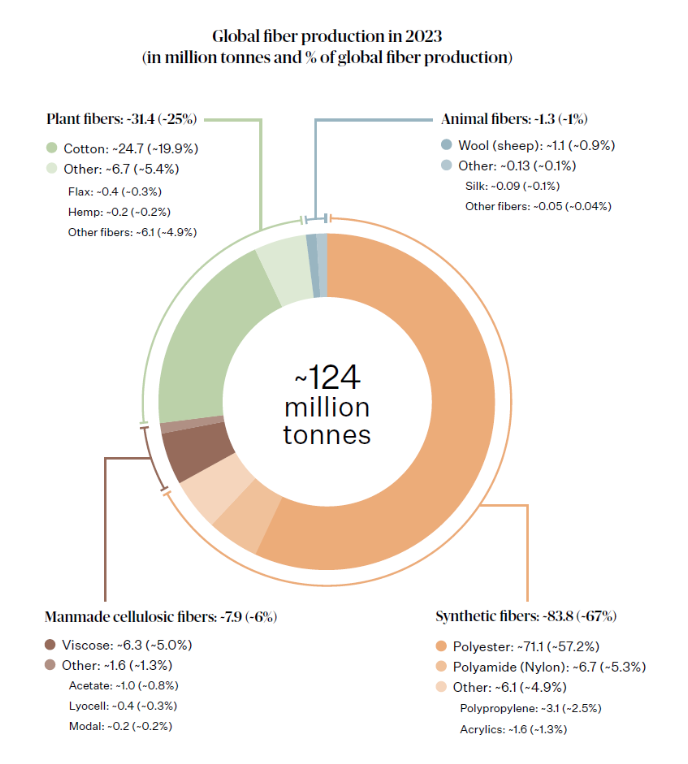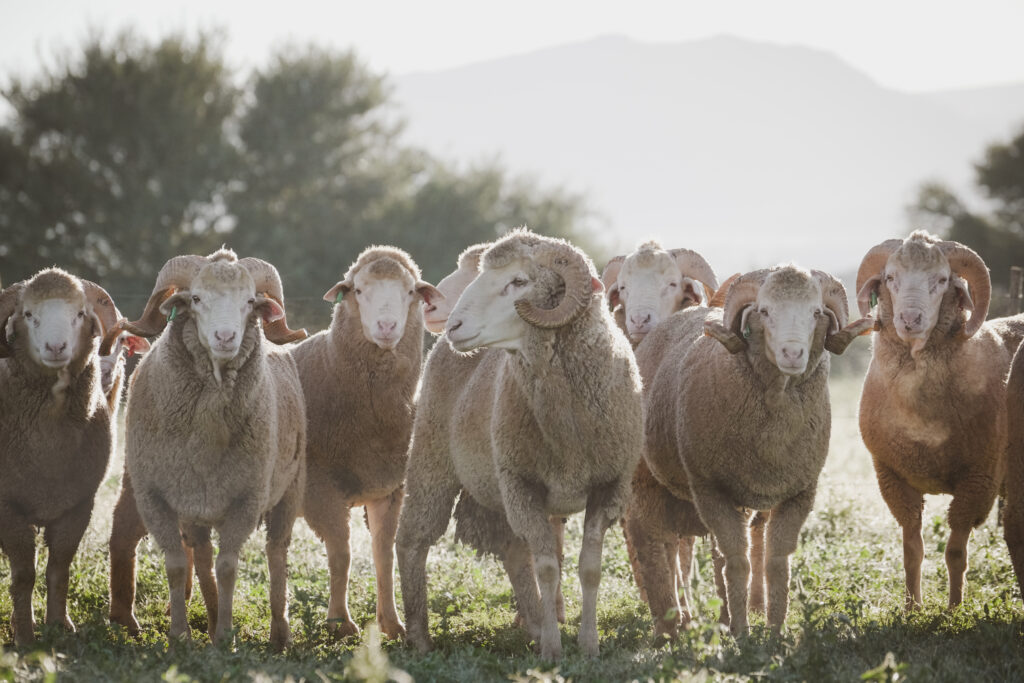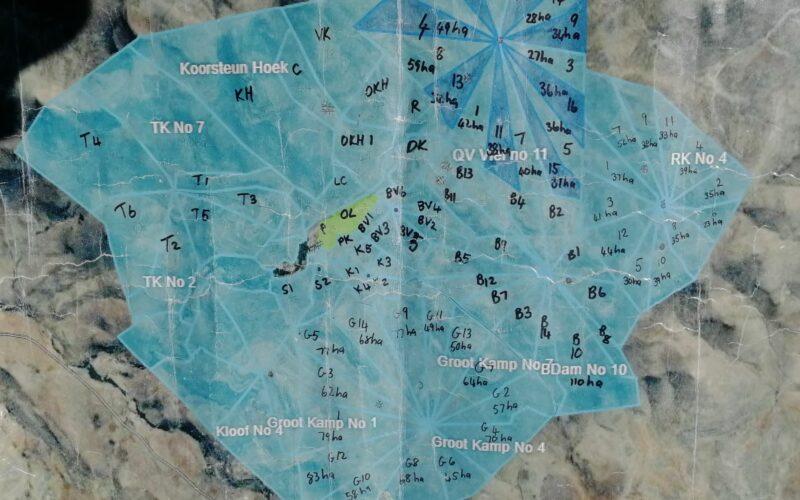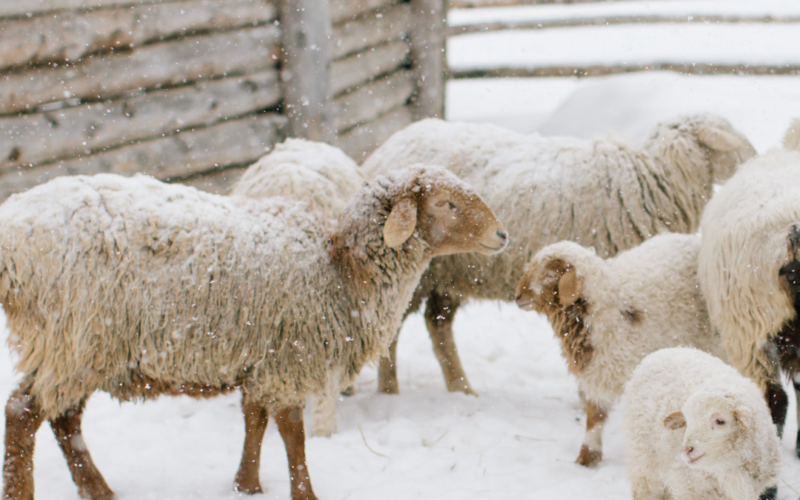Wool, a fibre produced from the annual shearing of sheep, has been used by man for over 10,000 years. Today, wool accounts for less than 1% of the 124 million tonnes of fibre produced worldwide in 2023. However, it is a strategic raw material for meeting the social and environmental challenges facing the global textile industry.
Where is wool produced in the world?
Greasy wool comes mainly from countries with a strong sheep farming tradition. Top of the list is Australia, which alone supplies around 25% of the world’s production. Its Merino wool, renowned for its fineness, is highly prized in the garment industry.
Behind Australia are China, New Zealand, Argentina and the United Kingdom. Worldwide, annual production is around 1.1 million tonnes of scoured wool.
Each country develops a specific quality of wool depending on its local sheep breeds and climate. Australian Merino sheep do not produce the same wool as New Zealand Romney sheep, allowing the wool to be used for a wide range of purposes depending on its characteristics: clothing, insulation, carpets, etc.
New Zealand is renowned for its cross-bred wool, ideal for rugs.
Sales of greasy wool on the international market
Selling wool has come a long way since the fairs of the Middle Ages. Today, most wool is sold at specialist auctions, notably in Sydney and Melbourne, before being exported to be spun and processed elsewhere – mainly in China, which accounts for around 50% of the world’s wool imports.
By 2023, the global wool trade will be worth more than US$3.5 billion. But this market remains sensitive: weather conditions, herd health, fashion trends, competition from synthetic fibres, and health crises such as COVID-19 can cause prices to plummet overnight.
In recent years, the number of sheep in the world has fallen, mainly due to low prices and fluctuating demand.
Fortunately, new trends are giving the industry a boost.

Wool, the material of the future?
At a time when the textile industry is facing many challenges, wool offers a natural and sustainable. As a renewable, biodegradable and recyclable fibre, it has solid arguments in its favour against synthetic materials.
Labels such as Abelusi® Wool in South Africa ensure that production respects animals, people and the environment, and that wool can be traced right from the farm. Today, wool is attracting more and more committed brands.
At the same time, technological innovations in the processing and treatment of wool mean that its potential can be better exploited, by improving its quality and adapting it more closely to the needs of different markets (garments, decoration, building, etc.).
The sale of greasy wool remains a business driven by global demand and strong environmental issues. Consumers are showing a growing interest in natural, renewable materials, attracted by their low ecological footprint, particularly at the end of their life.
Combining tradition, technology and sustainability, wool represents an opportunity to be closely monitored by tomorrow’s textile players.






